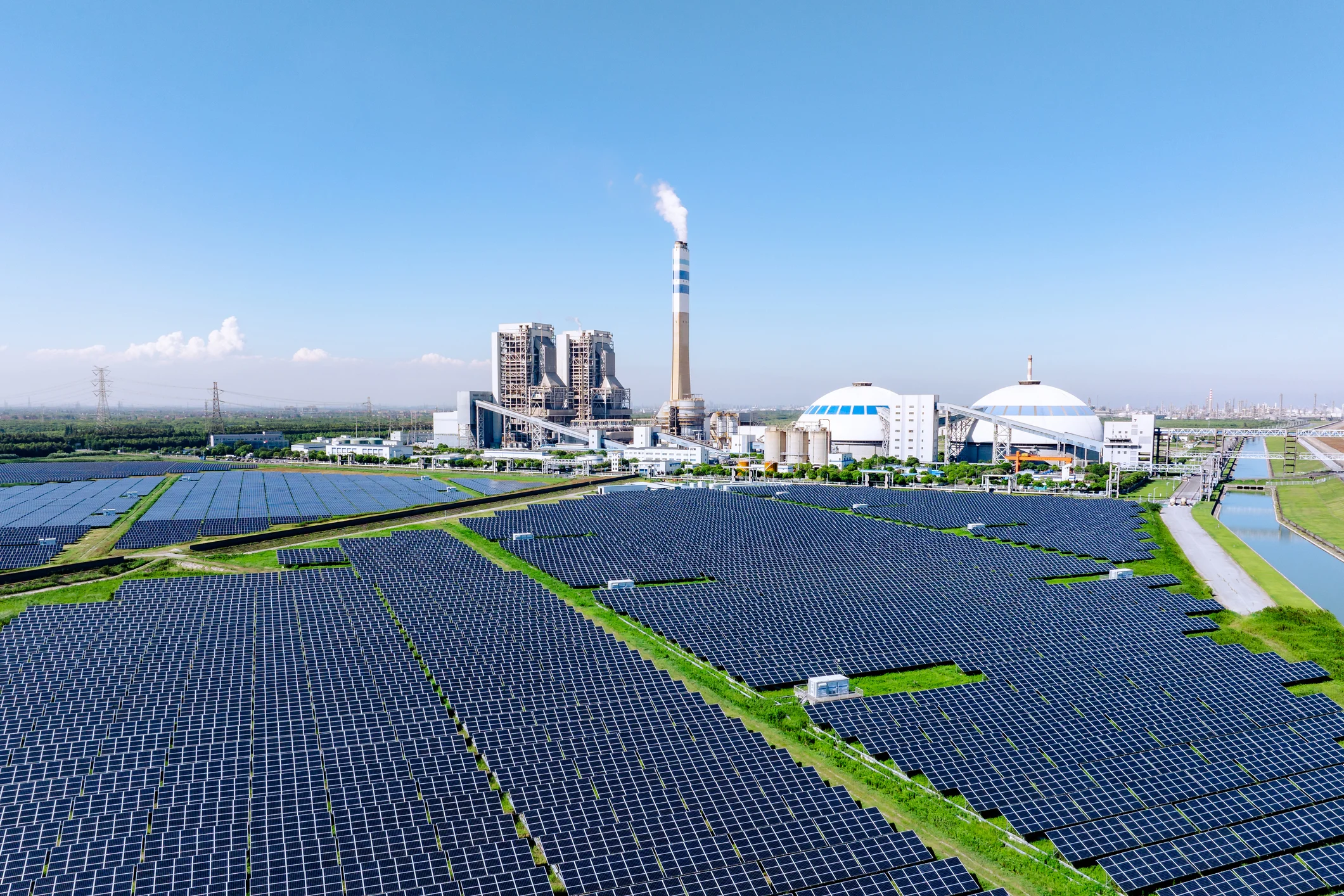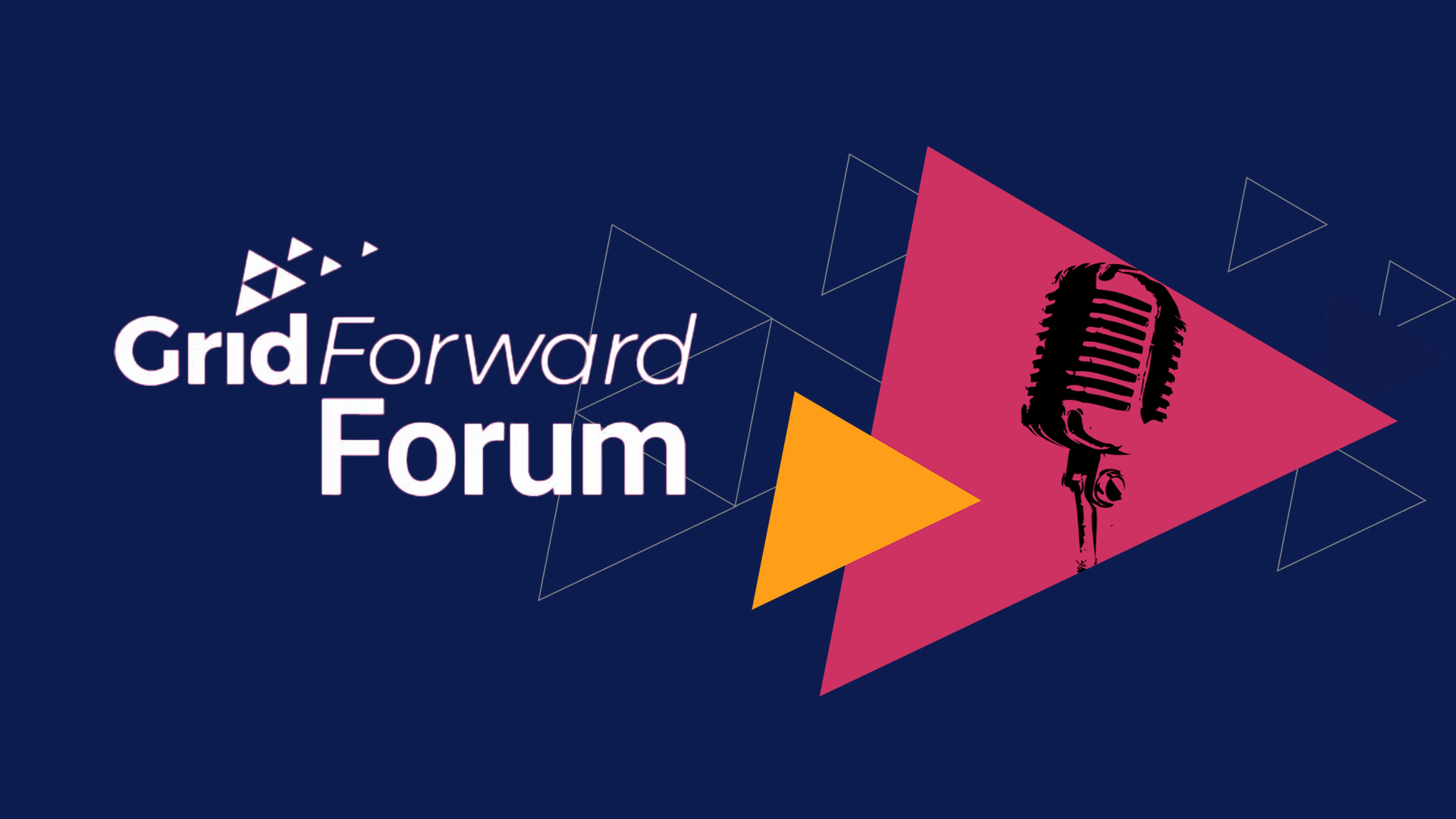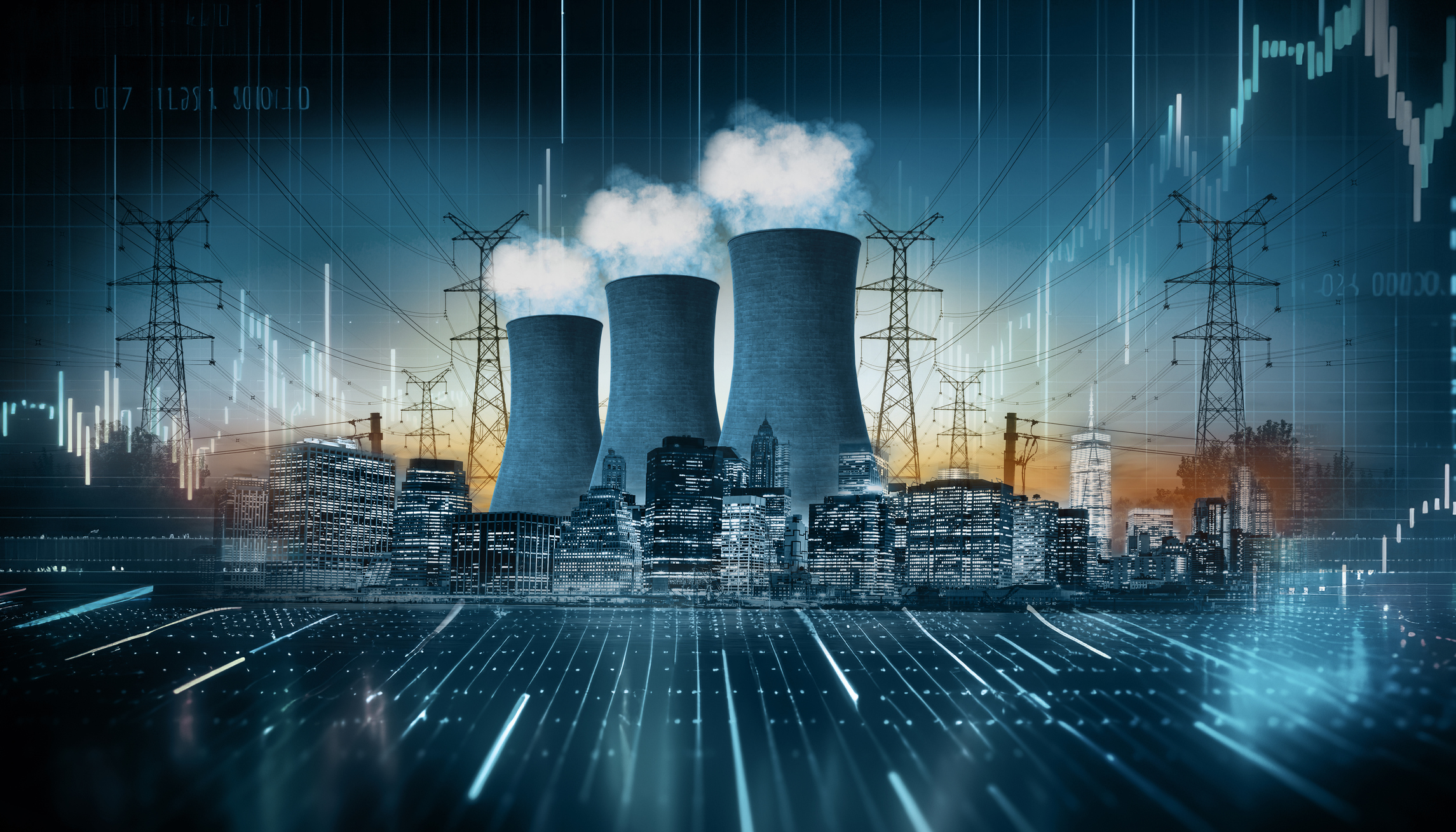Distributed energy resources (DERs) are a powerful asset during the energy transition, albeit one that is historically intermittent either due to environmental or social conditions that may see user energy patterns change. As it stands, when a distributed energy resource is employed in a demand flexibility program, program managers initiate their program and hope for the best: because DERs are intermittent and customers can opt-out, the outcome of these initiatives is difficult to plot. Topline Demand Control operationalizes these assets by combining distributed energy resource management systems (DERMS), load forecasting technologies, model predictive control, and AI to guide these efforts, guaranteeing predictable outcomes on demand.
Topline Demand Control & the Energy Transition
While the energy transition creates serious challenges for grid operators, decarbonization and electrification efforts remain critical to better addressing both climate change and global energy insecurity. To meet demand, utilities offer energy efficiency or demand flexibility programs like demand response, EV managed charging, or virtual power plants, all designed for efficient and flexible load management opportunities. These programs rely on distributed energy resources (DERs) like solar, battery storage, electric vehicles and EVSE, and smart home devices like thermostats or water heaters to control and manage devices in aggregate to achieve objectives like cumulative energy savings or to mitigate energy bottlenecks through targeted dispatch preventing costly energy spending.
Operationalizing Distributed Energy Resources
The power grid is one of the most important pieces of infrastructure in any country, a fundamental and foundational solution to energy needs. Because of the critical nature of the electric grid, control room operators require energy assets that they can depend on to ensure that demand is met at all times. Unfortunately, the intermittency of these assets has proven problematic in operationalizing DERs, which, until recently, represent an unpredictable resource.
Deferring Costly Infrastructure Upgrades
There are many reasons the U.S. utility grid requires an estimated $2.5t upgrade by 2035, from crumbling infrastructures to keeping up with the increased demand of electrification efforts, all balanced against increasingly volatile weather events. These conditions have created an inflection point for utilities to invest in the requisite upgrades, or differ these investments until further down the line. Historically, distributed energy resources (DERs) have proven effective at providing supplemental power to utilities. The recent Department of Energy report The Pathway to: Virtual Power Plants Commercial Liftoff noted that U.S. utilities currently produce between 30-60 GW of virtual power plant capacity today, with the majority of that coming from demand response programs, demonstrating the potential of DERs in action.
– Syd Bishop, Sr. Content Specialist, Virtual Peaker
Still, the same report states that 80-160 GW is needed by 2030 to keep pace with emerging technologies. Topline Demand Control addresses this specific need by removing the guesswork from demand flexibility programs. Because Topline Demand Control guarantees specified demand outcomes based on available resources, grid operators can rest assured of the reliability of their potential assets. Now, rather than seeking to purchase expensive peak power or to curtail usage, operators can access the full potential of their distributed energy resources at their disposal, affording opportunities to defer those costly grid upgrades, while weathering energy insecurity, erratic environmental issues, and more.
Increasing Grid Resiliency
Continuity of service is paramount in the utility industry, as power outages are costly to utilities and challenging to customers alike. As such, Topline Demand Control girds utilities against power outages, by providing reliable resources as needed. Because demand flexibility programs rely on people to thrive, the more customers utilities enroll, the greater the potential outcome: growing your existing demand flexibility programs is critical to evolving your load management strategies.
Decreasing High Bills
High utility costs were chief among customer concerns in the J.D. Power 2023 Electric Utility Business Customer Satisfaction Study. These concerns are reasonable, and demonstrate a threshold wherein utilities may experience increased credit risks: if people can’t afford their bills, they won’t pay them or they will pay them late. These high costs are further compounded by peak energy pricing, which can rise to extraordinary levels during periods of high demand. Topline Demand Control ameliorates these challenges by deferring usage through concerted, AI-guided demand flexibility initiatives, constantly optimizing enrolled devices and processes to guarantee the highest possible outcomes.
Moving Topline Demand Control Into the Control Room Conclusion
Gone are the days of guesswork with demand flexibility programs, where utility program managers initiate a process and hope for the best possible outcomes. Through Topline Demand Control, grid operators can bank on exactly what demand they need, employing it as needed to lower high utility costs, defer costly grid upgrades, and enhance grid resiliency.





